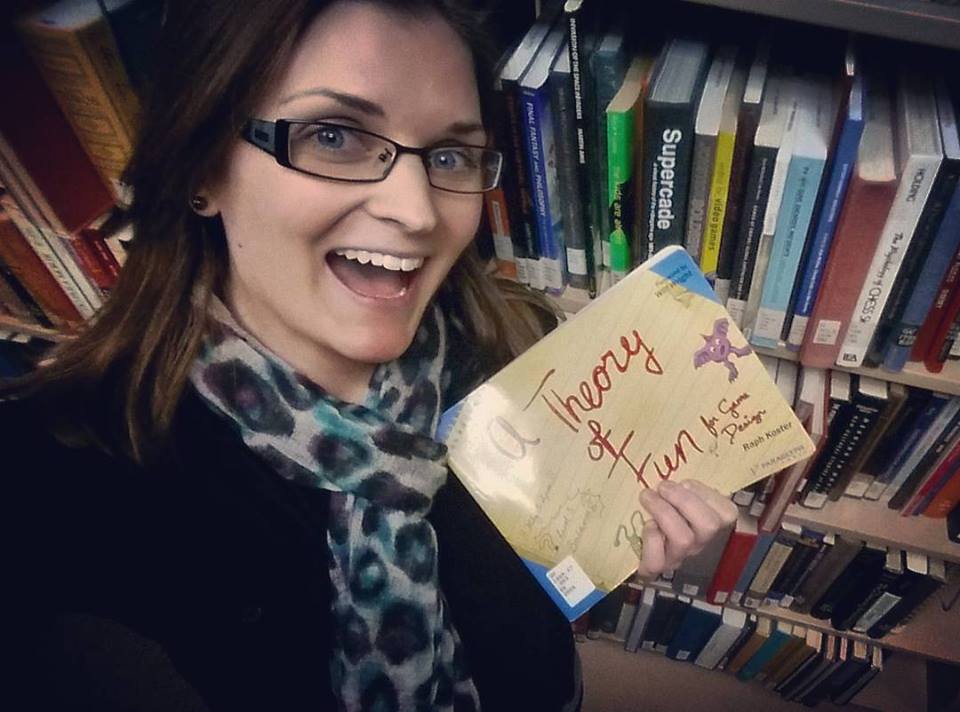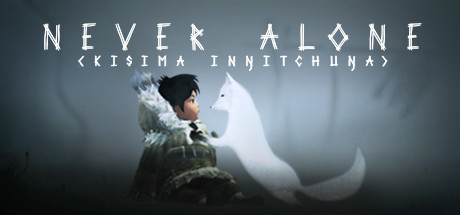‘Cat in the Stacks: Four in February, Pt. 4
I’m Michelle Callaghan, a second-year graduate student at Villanova University. This is our new column, “‘Cat in the Stacks.” I’m the ‘cat. Falvey Memorial Library is the stacks. I’ll be posting about living that scholarly life, from research to study habits to embracing your inner-geek, and how the library community might aid you in all of it.
Did you know Falvey Memorial Library houses the Villanova Electronic Enthusiasts Club? You can join Fridays from 2:30-4:30 p.m. in the first-floor lounge of Falvey Memorial Library for some fun. The VEEC is a social club, focused on recreation and relaxation. Participants gather to play video games in a safe and fun environment. The VEEC is always accepting new members and is open to all!
For the final installment of Four in February, I’m taking a cue (heh) from part 3 (where I geeked out about the literary lyrics to Journey’s credit song “I Was Born for This”) and talking about video game music. Why is video game music worthy of a library blog post? Good question. First of all, every topic under the sun is worthy of a library blog post because library resources cover just about every topic under the sun (FTW!). Second of all, those unfamiliar with popular video games and video game fandom probably aren’t aware of the vast and inspiring cultural influences of video game music.
Take, for example, the very recent performance of “Score,” a video game concert with the Swedish Radio Symphony Orchestra that aired on Swedish national public TV. Or our very own Philadelphia Orchestra annually performing the evergreen scores of the Legend of Zelda games in collaboration with the national tour of The Legend of Zelda: Symphony of the Goddesses. Perhaps you’ve even heard of Video Games Live, the international concert series that has been credited with bridging a generational gap of sorts:
“I don’t think the older generation knows that kids are really interested in serious music, and the music from ‘Halo’ is orchestrated and has a chorus — it’s not just bleeps and bloops. Gamers know the quality of the music and they go crazy when they hear it done live, but it’s the non-gamers who are really blown away by the whole presentation.” [source]
If you haven’t heard of any of the above, here’s your exposition to some fantastic music. The bonus to video game music is that it is composed to be energizing but not overly distracting, so it’s the perfect work and study music!
Composer: Jeremy Soule
Game: Skyrim
Composer: Sam Hulick
Performed by: London Philharmonic Orchestra
Game: Mass Effect 3
Composer: Koji Kondo
Performed by: London Philharmonic Orchestra
Game: selections from The Legend of Zelda series
Composer: Jason Graves
Game: Tomb Raider (2013)
Composer: Gustavo Santaolalla
Covered by: Taylor Davis
Game: The Last of Us
Below, check out some Falvey resources regarding video game music. Yeah! We have those! (Are you even surprised?)
“Playing the Tune: Video Game Music, Gamers, and Genre” by Tim Summers
Playing with Sound: A Theory of Interacting with Sound and Music in Video Games by Karen Collins
A Composer’s Guide to Game Music by Winifred Phillips
Music and Game: Perspectives on a Popular Alliance by Peter Moormaan
And that concludes 2016’s Four in February. To check out the last 3 installments and 2015’s post, go here!
Article by Michelle Callaghan, graduate assistant on the Communication and Service Promotion team. She is currently pursuing her MA in English at Villanova University.














